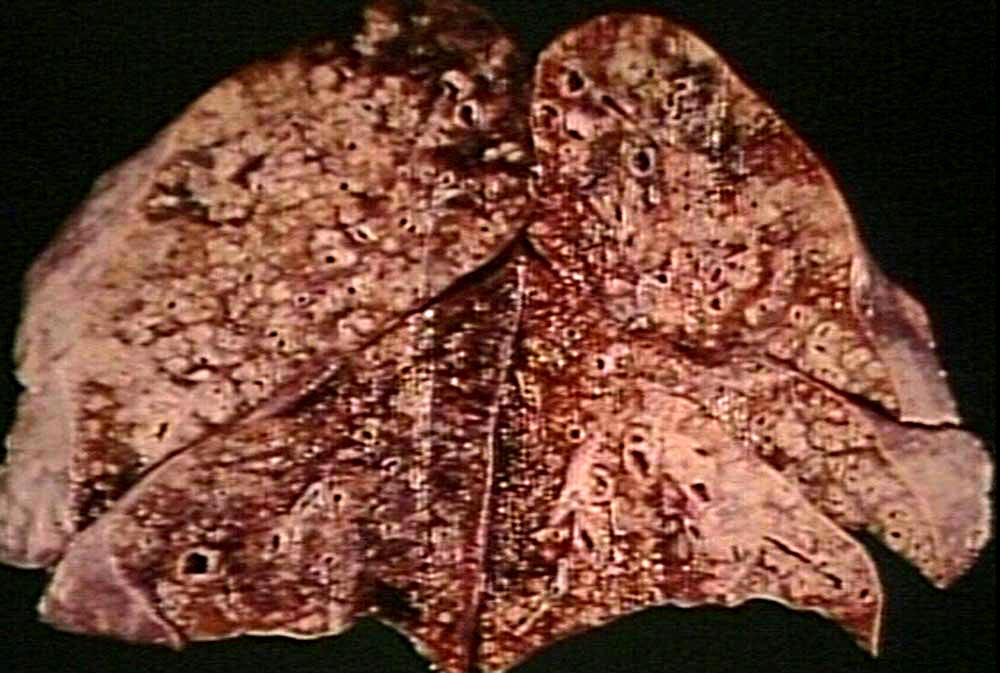Huntington’s is a genetic brain disorder that will affect a person’s ability to think, talk, and

move. It is passed down by autosomal dominant inheritance.
This means that every person who inherits the diseased gene will end up getting the disease. It also means tha

t each child will receive a normal copy of the gene from their mother and a normal or defective gene from their father. The gene for Huntington’s is found on chromosome four. In normal people their chromosome four will have the DNA sequence CAG repeating about ten to twenty six times. However, in people who have Huntington’s CAG repeats about forty or more times. Since this is so high it interferes with the function of the gene’s protein product. Yet, no one knows why the amount of CAG is so large.
Signs and Symptoms:
People who are affected by the disease don’t start showing symptoms until they are between the ages of thirty and fifty. The disease slowly worsens. Some symptoms are…
· Poor memory
· Depression or Mood swings
· Lack of coordination
· Twitching or uncontrolled movements
· Difficulty walking, speaking, or swallowing
· In later stages people need help doing very simple things such as getting dressed
Diagnosis and Detection:
When a woman is pregnant there are two different ways to find out if the baby will have the disease. One way is taking a sample from the fluid around the fetus, and the second way is to take a sample of the fetal cells from the placenta. Once the child is born doctors can test for the disease by doing neurological and psychological tests, or they can do a genetic test, which will tell if the child has the Huntington’s gene mutation. However, the genetic test cannot tell when the child will get the disease.
Treatments and Therapies:
The treatments that are out there do not slow the disease, but they can make a person who has the disease more comfortable. There are medications that can ease the feelings of depression and anxiety. Other types of medication can control the involuntary movements. There is also physical and speech therapy that can help a person with the disease live a more normal life.
Prevalence in the Population:
In the United States about one in every thirty thousand people have the disease. It is less common in Asians and Africans.
Life Expectancy:
Once a person has been diagnosed with Huntington’s disease they have about fifteen years left of their life.





















